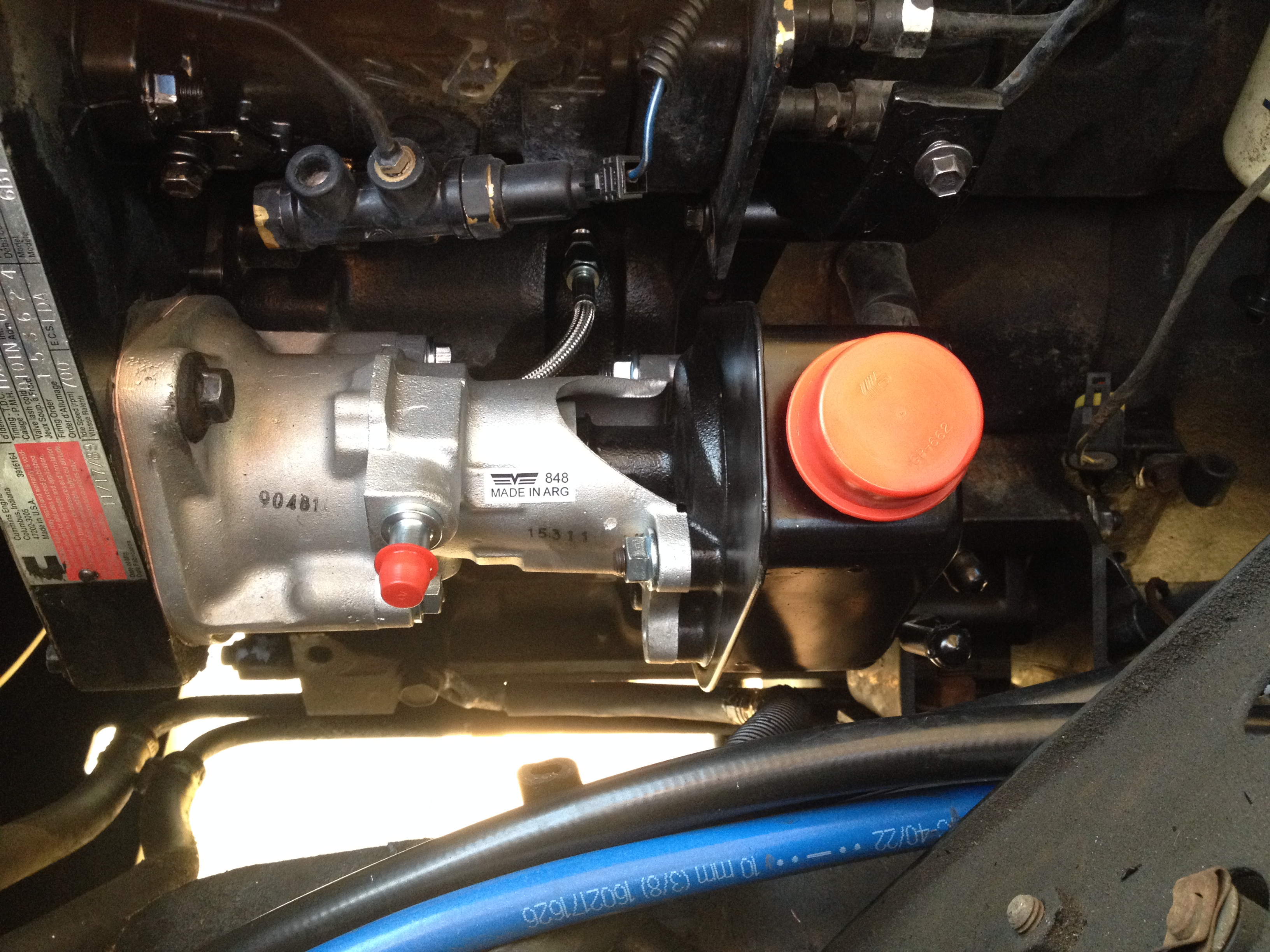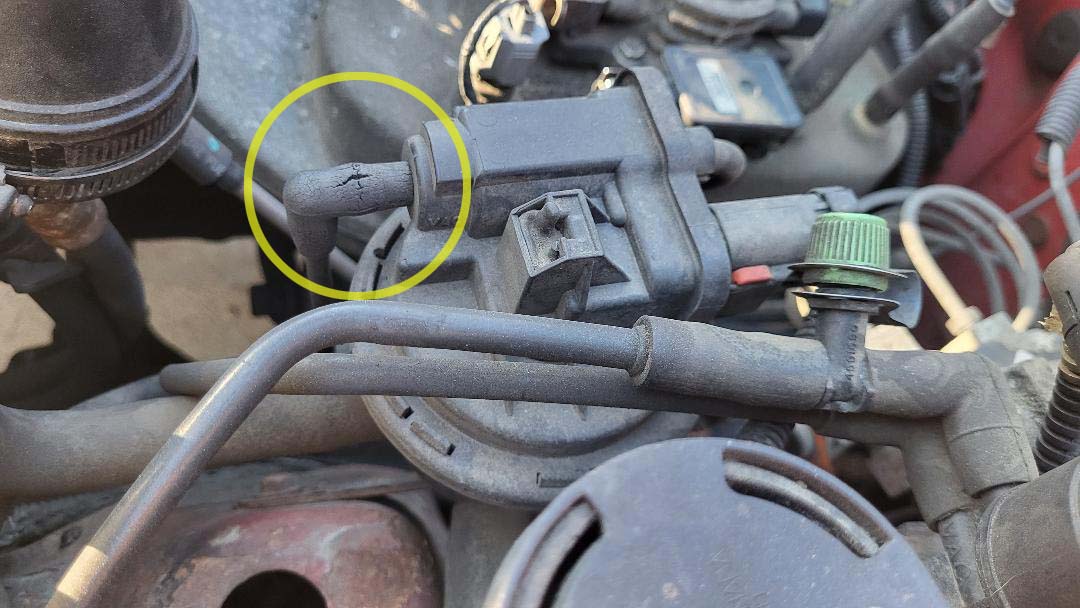The engine vacuum provides power for the power brake booster. When the engine is operating, a vacuum is produced. There is no vacuum when it stops, hence there are no power brakes.
So, brake pedal hard when the car is off?
The brake booster may need to be changed. The brakes become difficult to apply right away once the engine is turned off. The vacuum leak might potentially cause the automobile to idle poorly. When the power is off, the brake pedal becomes more rigid. Because you don’t have any support to pedal down.
Similar to how power-assisted steering works, it acts. Fortunately, these issues are simple to resolve.
So, let’s get going!
How Do Brakes Function?

Difficulties with the brake pedal are often the blame for harsh brakes. The fluid pressure in your brake lines and brake boosters cooperate to increase the force. Which actually you apply to the brake pedal.
You can stop a two-ton car with only your foot due to this device. This is also known as electric brakes! Common suction brake boosters feature two chambers. These are divided by a diaphragm and are situated between both ignition coils.
And the other one is the brake pedal. Air is taken out of the front chamber to generate a low-pressure vacuum. By stepping on the brakes, air might enter the rear chamber.
The diaphragm and a pushrod are attached to it. These are dragged towards the low-pressure side. Because the force from the compressed air is higher than the concentration in the vacuum chamber.
The master cylinder’s pushrod is normally exceedingly challenging to move. It is then given force by this power-assisted pushrod. When actually a vehicle uses rear drum brakes.
The master cylinder will deliver braking fluid to the wheel cylinder or brake calipers. It will cause the brake shoes or pads to grind against the drums. Also, it rotors and slows down your car.
It could be simpler to troubleshoot your stiff hand brake. Now that you know how your power braking system operates.
Why is it Difficult to Press the Brake Pedal?
Your brake pedal may be difficult to press for one of the following four reasons:
Faulty Brake Booster

When a brake booster can no longer sustain vacuum pressure, it is problematic. Engine vacuum is what makes the majority of vacuum-assist power brakes work. Through the use of a vacuum line.
The brake booster is linked directly to the engine’s intake manifold. This enables the check valve used to pull air into the engine. Which is to simultaneously draw air from the brake booster’s front chamber.
On occasion, the diaphragm may rip, or the safety valve can malfunction. Both times, the master cylinder won’t get power from the brake booster. Since it may no longer be able to produce a vacuum.
Fortunately, there is a simple technique to determine. If the brake booster is indeed the cause of your tight pedal issue. Simply press the brake pedal just a few times while the vehicle is off.
It should become harder and harder to step on the pedal. Start the automobile while keeping your foot firmly planted on the pedal. The brake booster is likely not the issue if the pedal dips before getting firm.
If the pedal doesn’t budge, your brake booster is probably malfunctioning.
Power Steering or Vacuum Pump Filling

Different brake boosters are found in certain automobiles. Instead of utilizing the intake valve manifold to produce a vacuum. The brake booster in these cars might be an electrically or mechanically powered pump.
Additionally, certain cars may feature a braking system booster. This utilizes the power steering pump’s direct hydraulic pressure. Which is in place of the engine’s vacuum.
Some typical problems include a defective serpentine belt. Also, a failed electric pump, or insufficient power steering fluid. It happens if your brakes are firm and your car has a vacuum pump. As well as a hydraulic brake booster.
Vacuum Hose With Cracks

Your brake booster is connected to the engine by a vacuum pipe. Throughout air is pulled to produce suction. A damaged vacuum hose is often to blame for the suction loss.
That results in a firm brake pedal. This is due to the fact that over time. The rubber vacuum hoses have a propensity to dry rot and break where they attach.
A hissing sound might be the result of a vacuum hose with brake booster diaphragm leaking. This happens when you use the brakes. Sometimes changing the vacuum pipe is all that is required to cure a stiff brake pedal.
Siemens Caliper
Seized brake calipers are another probable factor in harsh or stiff brakes. One of the most crucial parts of your car’s braking system is the brake calipers. When you try to stop your car, they mostly press your brake pads up against the rotor.
Frequently, braking calipers or the screws that link them might become caught. This makes it impossible for them to engage and place your brake pads properly. A firm brake pedal might be the issue’s outcome.
It’s better to have a polished look at and fix the problem if your caliper is stuck.
Drift In the Brake System
If you’ve checked the brake booster. As well as discovering that it isn’t the cause of your tight braking system. Then the muck in the brake lines may be to blame.
Moisture that may enter the braking system through exposure to air is absorbed by brake fluid. Water will eventually cause sludge to accumulate. This also restricts the flow of braking fluid and makes your pedal feel tight.
To minimize sludge accumulation and maintain your pedal functioning properly. Then get your brake fluid replaced for at least 2 years.
Solution of Hard Brake Pedal

In vacuum-assist brake boosters, the front seal often fails. A failing front accelerator seal will eventually lead to the master cylinder’s rear seal failing. This calls for the repair of the amplifier and the hydraulic systems and will be recognized.
Which is by the presence of drips across the very front of the booster. The pipe that delivers the vacuum assist will be located between both the cylinder and the booster. So you should check that first.
If required, reconnect or swap out this hose. If this hose is not leaking, start the engine and remove the two bolts. You also have to hold the control valve to the booster.
In order to hear a hissing noise between the controller and booster, lightly press the brake pedal.
A hygroscopic fluid, or one that may absorb water, is brake fluid. As a result, the braking system accumulates sludge over time. This might give the impression that the brake booster is malfunctioning.
The color of the braking system should be almost transparent with a little amber hue. To rule out brake pads quality as the issue, do the following actions:
- Take off the reservoir’s lid. Lightly go over the reservoir’s bottom with a flat screwdriver. Then examine the screwdriver’s point.
- If the needle is dirty after being removed from the reservoir, the brake fluid has to be cleansed. The main stages are provided here; for correct methods, see the more in-depth instructions.
- Remove the reservoir’s old brake fluid using a vacuum. Fresh brake fluid should be added to the reservoir. Because not all kinds of fluid can be combined.
- Check your handbook to be sure you’re using the right kind for your car. Underneath the right rear wheel, place a drain pan. As a general guideline, you should begin with the brake.
Here are some products which may become handy for you:
That is furthest from the ignition coil. Move closer as you go, and finish with both the left front. Your companion should compress the brake pedal.
As you turn the bleed valve open approximately a half turn. Close the valve after the fluid flow has slowed. Repeat the technique while having your companion press the brake pedal.
Continue until the brake system is clear and bubble-free. Repetition at every wheel If sludge build was the issue, the brake pedal ought to feel normal.
Which is after the hydraulic fluid has been adequately cleaned.
FAQs
What Signs Indicate A Bad Brake Booster?
Greater braking distance is an obvious symptom that the brake boosters are broken or deteriorating. When an emergency brake booster system fails, warning lights, like the ABS.
Also, generally, a pro braking system will come on. Failure of a hydraulic booster often involves fluid leaking.
How Is A Brake Booster Tested?
After turning off the engine, carefully and repeatedly push the brake pedal. The pedal should be quite “low”. That is, there shouldn’t be much pressure resistance when you pump it for the first time. The pressure should increase as you push the pedal. This will show that the brake accelerator is not leaking.
How is the ABS module bled of air?
In general, bleeding an ABS-equipped car is as simple as pressing the pedal to compress the system. As well as opening a bleeder, closing that bleeder, and repeating the process. Whether you are bleeding under pressure, under a vacuum, or manually, nothing changes.
How can I confirm if the brake booster is causing the problem?
A simple way to test the brake booster is to pump the brake pedal several times with the engine off. The pedal should become firmer with each press. If it remains hard and doesn’t soften after a few pumps, the brake booster might be the issue, and professional inspection is recommended.
Can a failing check valve cause a hard brake pedal when the car is off?
Yes, a failing check valve in the brake booster vacuum line can cause the hard brake pedal issue. The check valve prevents vacuum pressure from escaping the booster. If it’s faulty, the vacuum pressure diminishes, resulting in a hard brake pedal. Replacing the check valve can resolve this problem.
Final Words
In summary, a hard brake pedal when the car is off can be concerning, but understanding the reasons and solutions can ease worries. From issues with brake booster vacuum leaks to problems with the master cylinder, diagnosing and addressing the specific cause can restore the brake pedal’s normal functioning, ensuring safety and peace of mind for drivers when their vehicle is parked.
So, now you know everything about why the brake pedal is hard when the car is off.
You may face this trouble in your car. But here are a few things you can do to repair it yourself without spending a lot at the mechanic.
So, take the necessary steps which we have talked about previously to resolve your problems
Have a wonderful day!
Read also: How to Wire a Truck Cap Dome Light
- Ford Fusion Hybrid Battery Dead (Things to Understand) - September 17, 2022
- EcoBoost Noise When Accelerating (problems+Solutions) - September 17, 2022
- Ford Fusion Power Seat Problems (Here The Solutions) - September 17, 2022
